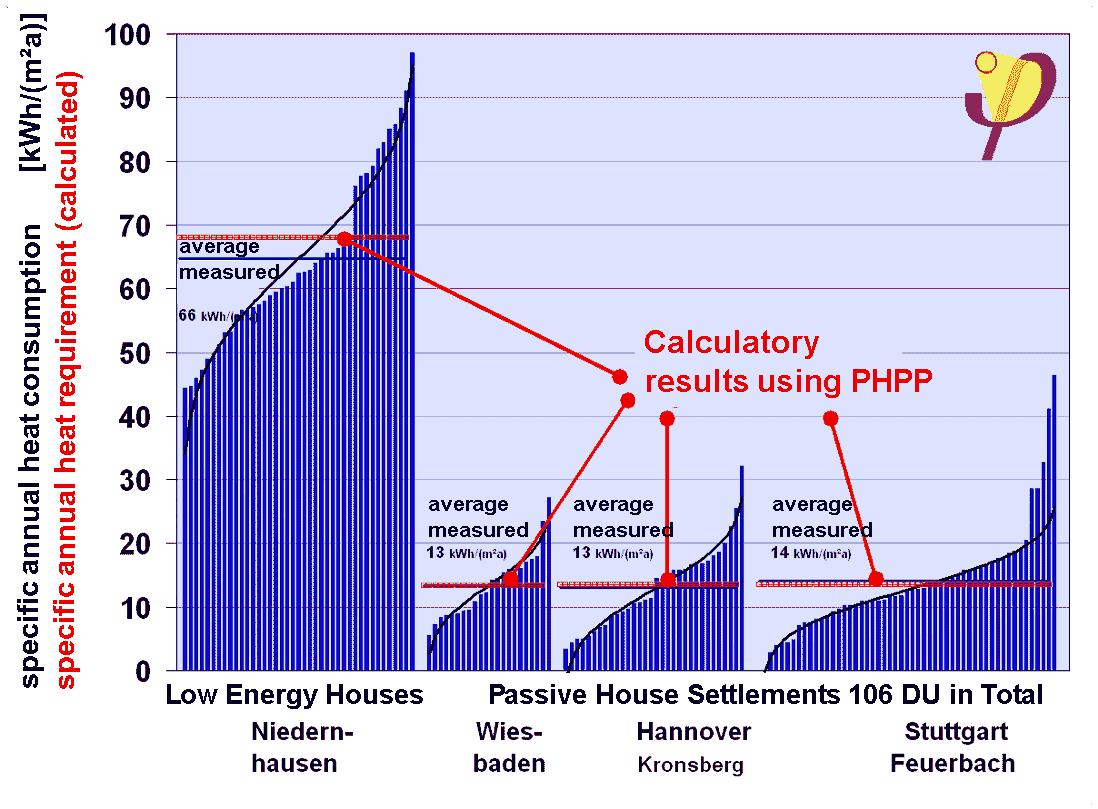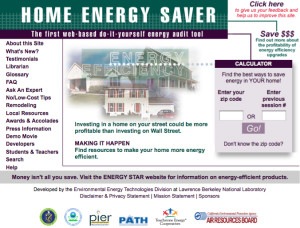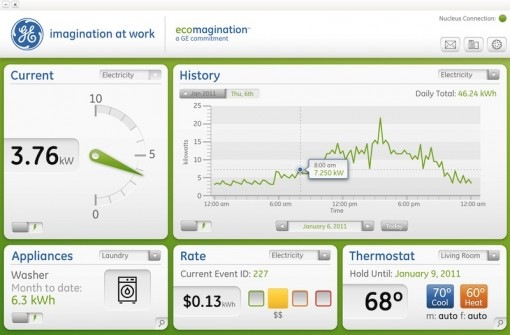 We can engineer a building to use only as much energy as it produces. That’s pretty great isn’t it! We can also fill our pantries with healthy food, keep a bike outside our door to provide exercise and rely less on a car, and be friendly to our neighbors. Whether or not we actually end up making friends, staying healthy and fit, or using only as much energy as we can produce depends on one pretty slippery variable: how we behave!
We can engineer a building to use only as much energy as it produces. That’s pretty great isn’t it! We can also fill our pantries with healthy food, keep a bike outside our door to provide exercise and rely less on a car, and be friendly to our neighbors. Whether or not we actually end up making friends, staying healthy and fit, or using only as much energy as we can produce depends on one pretty slippery variable: how we behave!
It’s said that “There’s no such thing as a zero-energy home — just zero-energy homeowners.” It’s also said that “there is no accounting for human behavior,” but actually there is. Take a look at this graph of actual energy use in buildings designed to use very little energy.

You’d think that people who choose to live in these homes would use their remarkable design to use the little energy they were designed for. Instead people use up to 50% more AND as little as 50% less than that. The curves in these graphs appear over and over when these studies are done in all kinds of buildings. Why is that?
This is actually a whole field of study, not just about energy in buildings but for health, fitness, travel, even hotel laundry – anything where people make choices. And in each case patterns emerge that could be summed up as:
* People need to understand what they are using; so some form of monitoring helps reveal that
* People need to recognize their habits and behavior patterns; if you don’t notice you’re unlikely to change
* Once aware, it helps to have a plan, and even better to share that plan with your family or others
* It never hurts to have a prompt, something that reminds you to stay on your path
* If everyone else is doing it, it quickly becomes second nature to do it too. Cultural norms matter.
* The better the feedback, the better able you are to adjust (try filling a bathtub without being able to feel the temperature out of the faucet)
 When it comes to energy in your home, a good place to begin is this do it yourself energy audit called the Home Energy Saver. Perhaps recognizing that YOU actually make more difference in how much energy your home uses than otherwise significant but less effective actions like replacing windows or caulking leaks (not that these shouldn’t be part of an overall energy saving portfolio) will motivate you to get acquainted with your energy use. Click on the image to access this and a host of other great resources to better understand the use of energy in your home.
When it comes to energy in your home, a good place to begin is this do it yourself energy audit called the Home Energy Saver. Perhaps recognizing that YOU actually make more difference in how much energy your home uses than otherwise significant but less effective actions like replacing windows or caulking leaks (not that these shouldn’t be part of an overall energy saving portfolio) will motivate you to get acquainted with your energy use. Click on the image to access this and a host of other great resources to better understand the use of energy in your home.
There are also a range of tools that fit different parts of the prescription for gaining leverage thru “good” behavior. Some of these attempt to provide direct and immediate feedback, along with long range analysis to show how you are doing over time. These “energy dashboards” are sort of like having a coach or teacher tracking your progress.

 At the other end of the spectrum are the things we know but have forgotten. Things as simple as turning off the lights or hanging clothes to dry outside. Some of these may be new habits to learn while others require planning and observation. Like the transition to eating clean whole foods or establishing a regimen that keeps our body fit and flexible, you start where you are and, determined to make a difference, head forward one choice at a time.
At the other end of the spectrum are the things we know but have forgotten. Things as simple as turning off the lights or hanging clothes to dry outside. Some of these may be new habits to learn while others require planning and observation. Like the transition to eating clean whole foods or establishing a regimen that keeps our body fit and flexible, you start where you are and, determined to make a difference, head forward one choice at a time.
